
Long before the Gold Rush, William Alexander Leidesdorff had already struck success. He was a businessman and even a U.S. diplomat at a time when that was nearly impossible for someone of African descent. His story has often been overlooked. These 10 fascinating facts bring fresh attention to one of America’s earliest Black millionaires.
Born Free In A World That Wasn’t

William Alexander Leidesdorff entered the world in the Danish West Indies, born free at a time when many weren’t. His mixed African, Danish, and Caribbean roots gave him a complex identity. Seeking opportunity, he eventually settled in New Orleans before charting a new life in California.
Built A Shipping Empire Before The Gold Rush
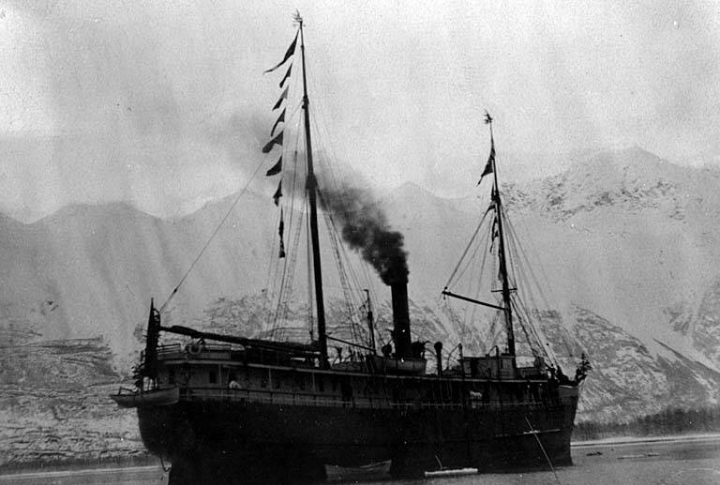
Steamships weren’t common in early California, but Leidesdorff saw what was coming. He ran one of the first connecting ports to Panama and New Orleans. He helped lay the groundwork for trade before most people even knew where the gold was buried.
Named One Of America’s First Black Diplomats
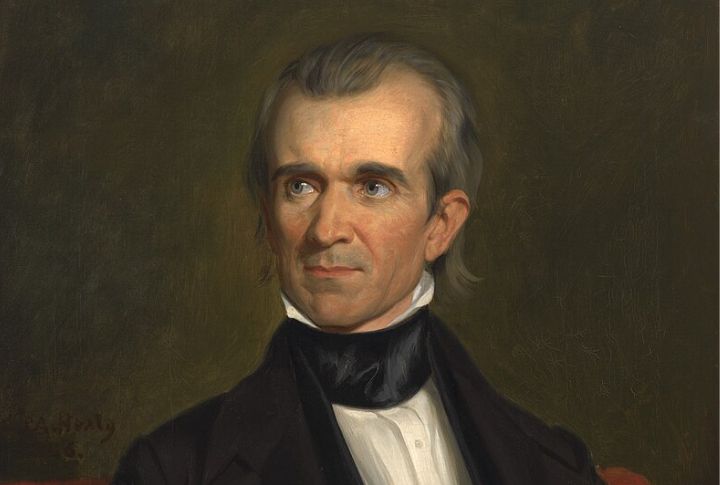
In 1845, President James K. Polk handed Leidesdorff a title no one expected: a vice consulship to Mexico. That made him one of America’s earliest Black diplomats. His job was to help the U.S. expand its influence through trade.
Shaped The Annexation Of California
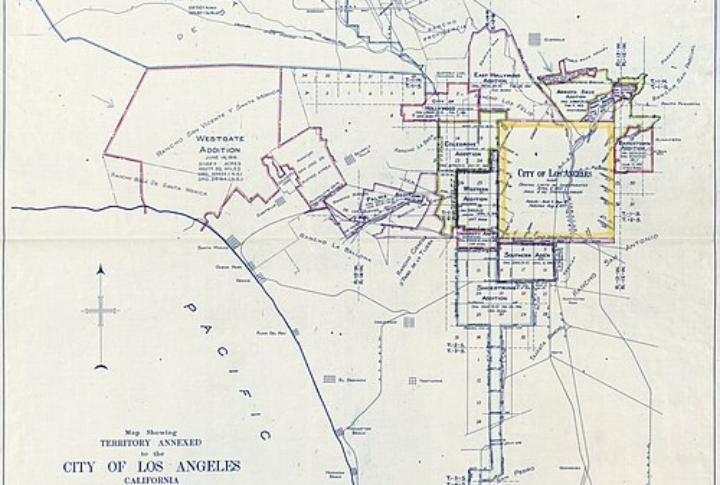
The U.S. needed help from people like Leidesdorff. He worked closely with the Navy and used his local ties and shipping knowledge to make the transition. On maps, it looks simple. On the ground, it was anything but. He played a role behind the scenes that’s still largely unknown.
Owned What Became Sacramento
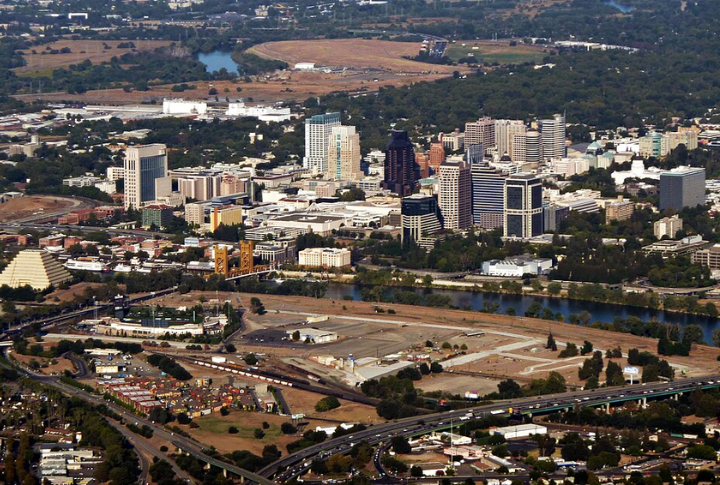
Before Sacramento became a bustling city, much of its land belonged to Leidesdorff. He held over 35,000 acres, making him a major landowner during California’s Mexican era. While others chased gold, he already owned the foundation of what would become the state’s capital.
Funded California’s First Public School
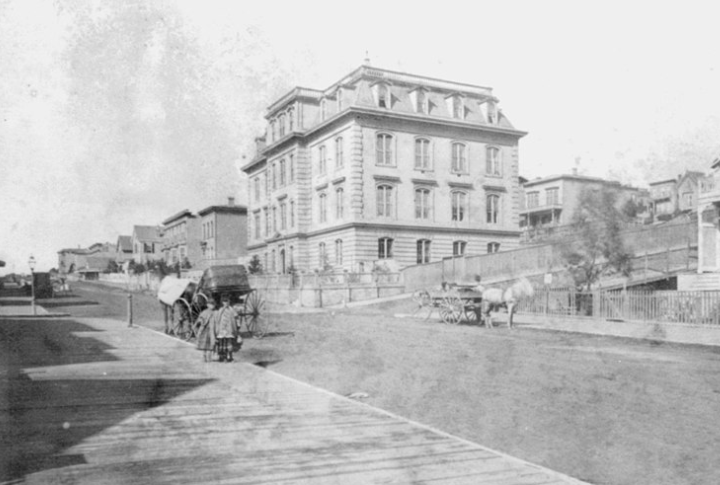
Leidesdorff used his wealth to help launch California’s first public school and donated both land and money. He saw education as essential to growth and backed it with action, though his role in shaping public life is often left out of the spotlight.
Helped Write The City’s First Laws

As San Francisco took shape, someone had to help lead it. Leidesdorff served on the city’s early council (the Ayuntamiento), where he helped draft its first policies. His fingerprints are on the rules and decisions that set the tone for a booming city. But his name rarely makes the plaques.
The City Stopped For Him
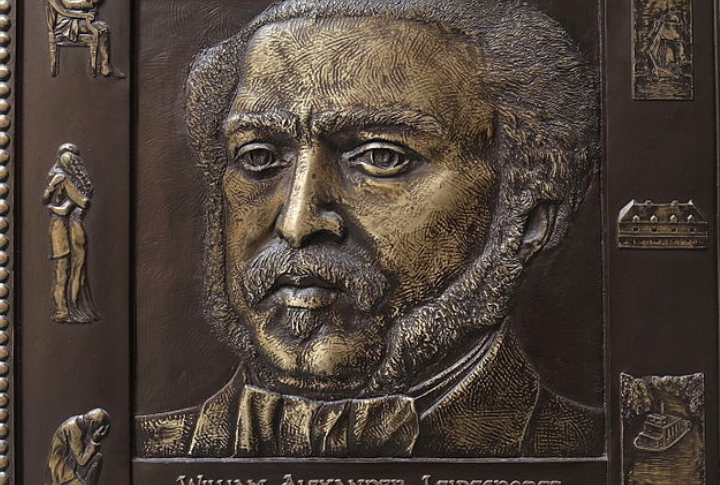
In 1848, brain fever took William Alexander Leidesdorff in a matter of days. He was just 38. But the city didn’t move on quietly. San Francisco stopped: shops closed, and mourners lined up. It was one of the first large-scale funerals the city had ever seen.
His Estate Sparked Legal Battles For Years

Dying without a will left his fortune in limbo. Racial laws and conflicting national policies twisted the process. Some of his heirs were left out entirely; others faced legal fights that dragged on for decades. The mess revealed just how unjust property rights could be for Black families in early America.
Legacy That Still Echoes Today
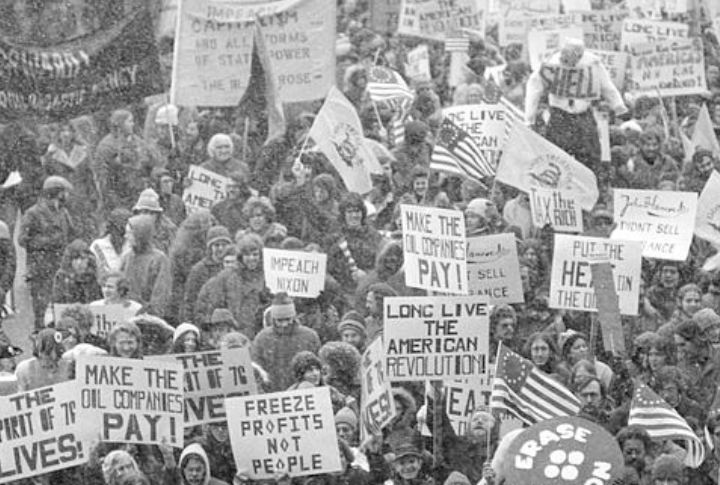
Though history sidelined him, William Alexander Leidesdorff’s legacy is still felt across California. Streets in San Francisco and Folsom bear his name, and museums highlight his story. Moreover, Bicentennial celebrations and exhibits have helped revive interest in the Black pioneers who built the American West.

